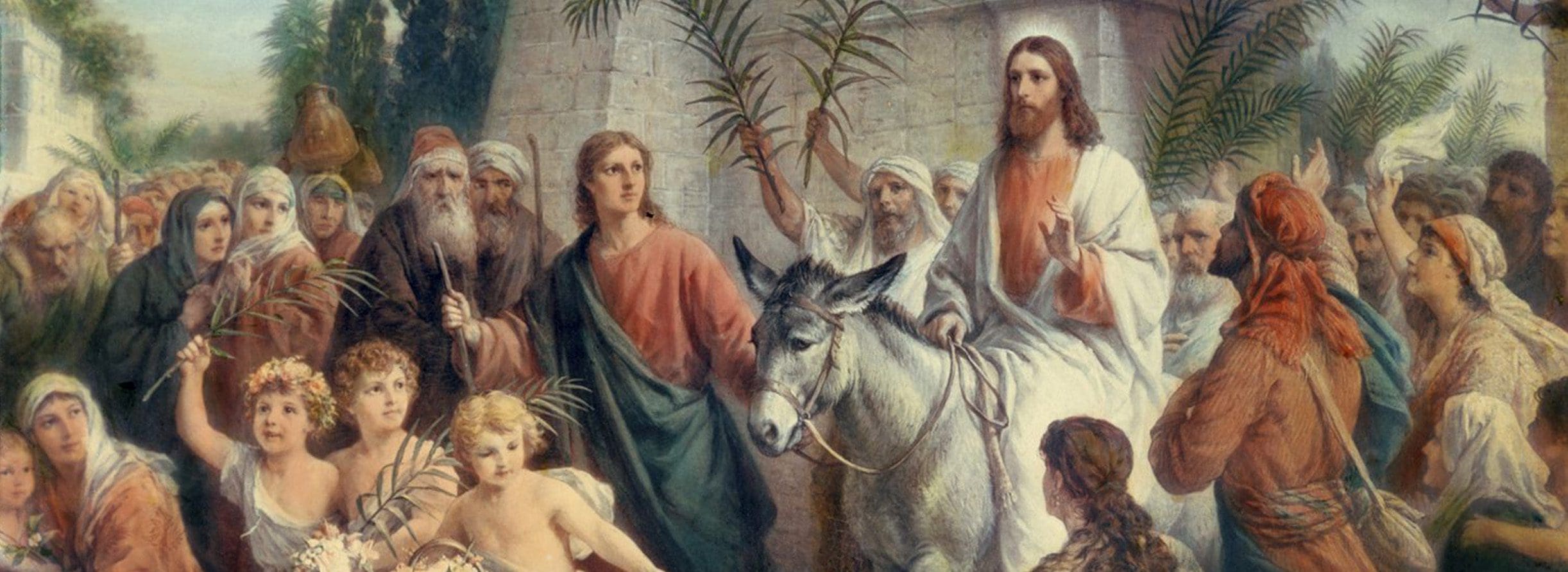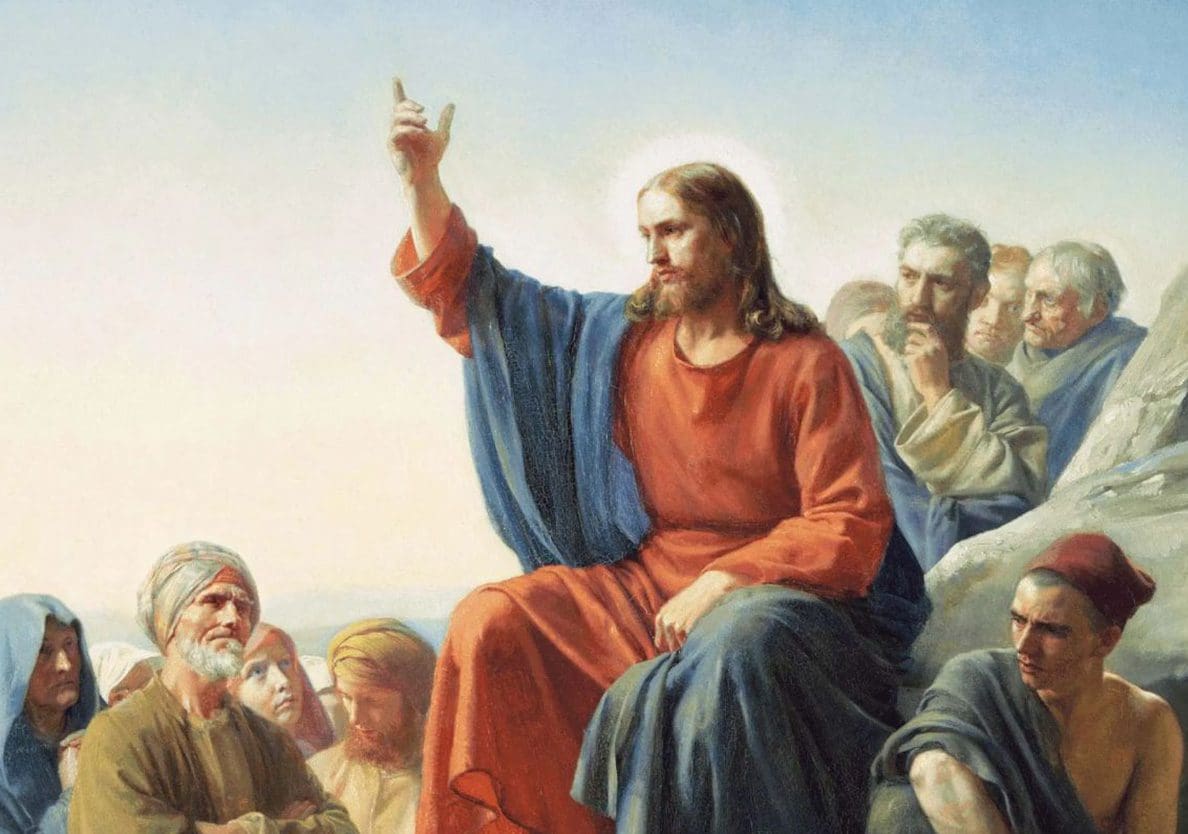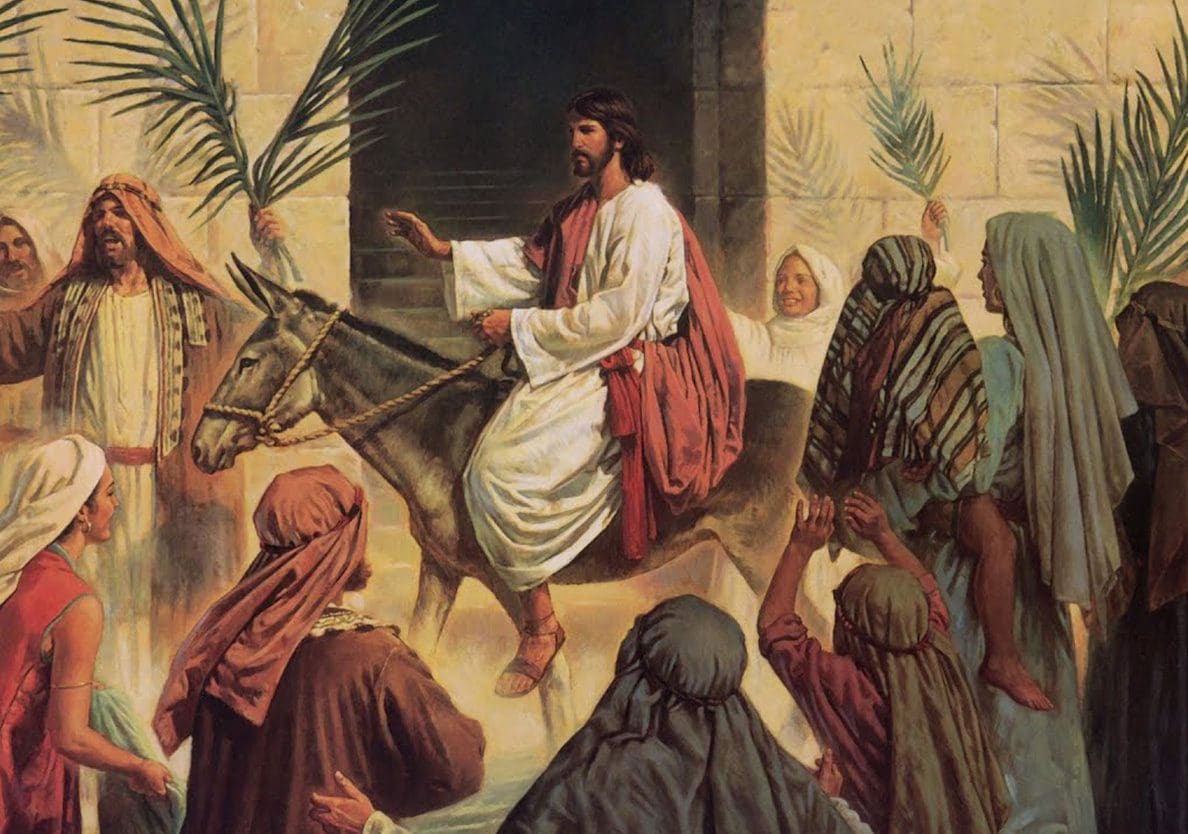It is well known that the Bible is a book full of prophecy. As a matter of fact, scholars have noted that approximately one third of the entire Bible is prophecy. And hundreds of these prophecies relate to Israel’s promised Messiah. While most of these give specific details about the Messiah Himself and His mission, there are at least two that predict when He would arrive.
The most well known about of these prophecies is the so-called “Seventy Weeks” prophecy in Daniel 9. This was given to Daniel by the angel Gabriel at a time when Jerusalem and its temple was in ruins and the Israelites were exiles in Babylon. One of the things that makes this passage so important is that it gives a timeframe that has clear beginning and ending points. According to verses 25-26, the Messiah will come sometime after a decree is issued to rebuild Jerusalem. When He does arrive, He will be “cut off” and “have nothing.” And this will happen sometime before the rebuilt Jerusalem and temple are destroyed for a second time. This limits the timeline for the Messiah’s arrival between 444 BC (when Artaxerxes gave this decree) and 70 AD when Jerusalem and the temple were destroyed once again.[1],[2] But what’s so stunning about this prophecy is that it seems to narrow this window of time down even more—even down to a specific day which just so happened to be the moment in history when Jesus of Nazareth made His triumphal entry into Jerusalem. While not all accept this interpretation, at the very least, Daniel provides us a timeframe with a clear beginning—444 BC—and end—AD 70.[3]

Yet it seems that another Biblical passage reduces this 500-year window of time even further. Genesis 49:10 declares that “The sceptre will not pass from Judah, nor the ruler’s staff from between his feet, until Shiloh comes.” According to several rabbis and scholars “Shiloh” is a clear reference to the Messiah but can also be translated as “the one to whom it belongs.” And the “sceptre” refers to Judah’s tribal identity and judicial authority. And judicial authority is “the right to administer and enforce Torah law upon Jews living in Judah, including the right to adjudicate capital cases and apply capital punishment.”[4] Based on this understanding, Genesis 49:10 can be paraphrased this way: “Tribal identity and judicial authority will not cease from Judah until the Messiah, the one to whom these legitimately belong, comes.”[5]


History seems to indicate that Judah lost this authority sometime between 6 BC and AD 30. Significantly, according to the rabbis of the Talmud, they lost it in AD 30—the exact time Jesus’ ministry began. And, as with Daniel’s prophecy, since the temple along with the genealogical records were destroyed in AD 70 this was the absolute latest that the Messiah could come. So, Genesis 49:10 would appear to limit the Messiah’s arrival between AD 30-70.[6] A rabbi named Rachmon confirmed this as he lamented: “Woe unto us for the scepter has departed from Judah and the Messiah has not come.”[7]
Of course, the Messiah, Yeshua (Jesus) did come, but His people rejected Him and cut Him off just as Daniel had predicted. Nevertheless, the day is coming when they will see the One whom they pierced and recognize Him as their Messiah.

Ryan Hembree is a daily co-host, speaker, and writer of Bible Discovery. He also hosts a YouTube channel that shows the unity of the Bible and how science and Scripture fit together. Ryan also has an honorary Masters of Ministry in Creation Science from Phoenix University of Theology.
[1] See J. Warner Wallace, Person of Interest, P. 66-71.
[2] It should be noted that not all scholars believe this decree given by Artaxerxes was the one Daniel is referencing in his prophecy. Some believe it to be referring to an earlier decree given by Cyrus the Great in 538 BC which gave the Jews the right to leave Babylon, return to Jerusalem, and rebuild the temple. If this is the case, then the maximum window of time for the Messiah’s arrival would be 538 BC – 70 AD rather than 444 BC – 70 AD.
[3] J. Warner Wallace, Person of Interest, P.66-71.
[4] Rabbi Jason Sobel, Mysteries of the Messiah, P.66.
[5] Ibid.
[6] Ibid., P.66-67.
[7] Cited from Rabbi Jason Sobel, Mysteries of the Messiah, P.67.






